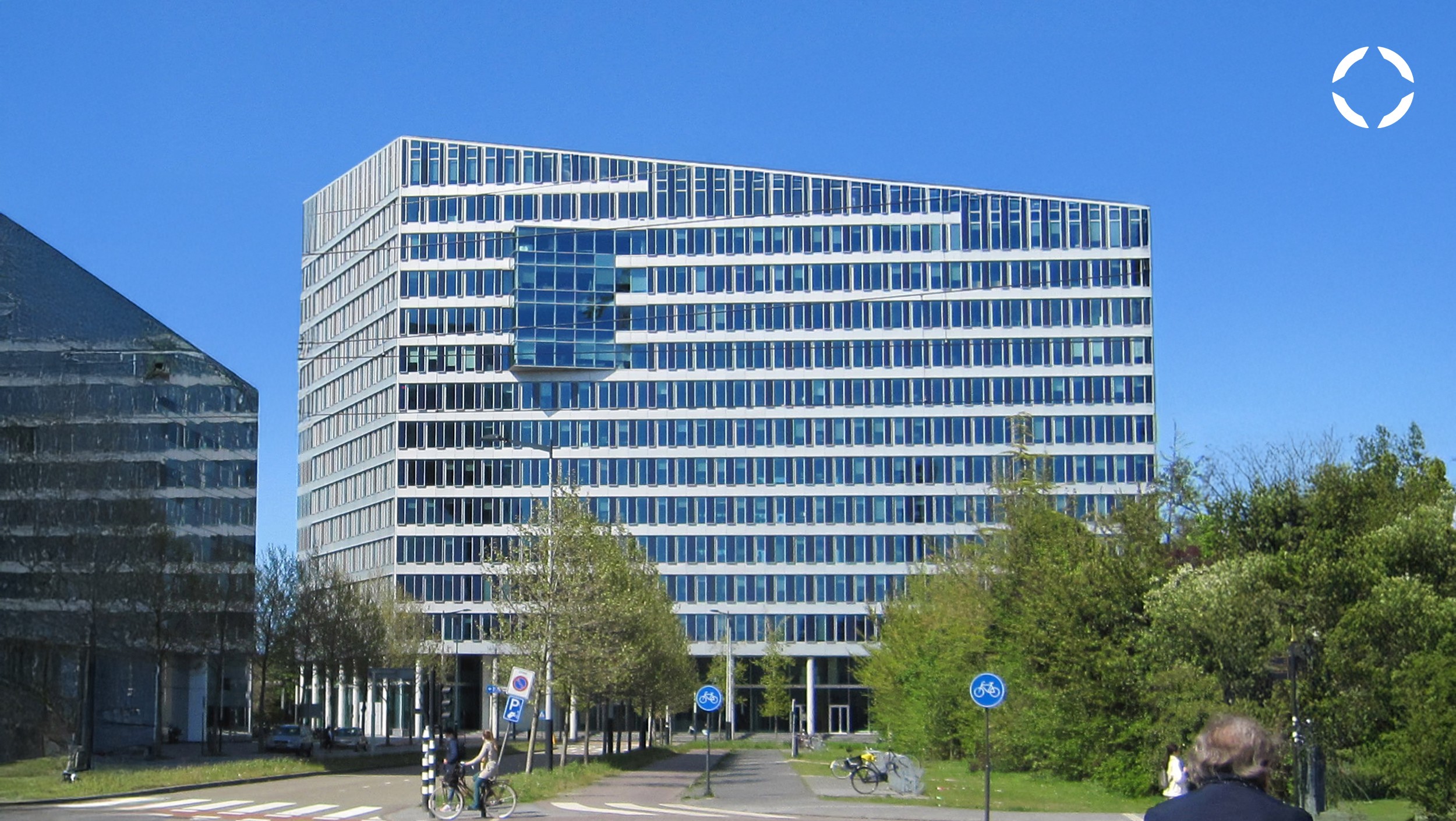Technology is transforming how organizations access and utilize their knowledge resources. This article explores how combining image recognition with Retrieval-Augmented Generation (RAG) creates powerful systems capable of understanding both textual and visual content, and how we're implementing these innovations for clients like IWBI.

Anshul Kumar
4 Mins
•
May 19, 2025
The Knowledge Retrieval Challenge
In today's data-driven landscape, organizations face a critical challenge: approximately 80% of enterprise knowledge exists in formats beyond plain text. Technical documentation, research papers, and operational manuals frequently contain diagrams, tables, charts, and other visual elements essential for complete understanding. Traditional text-only RAG systems fail to capture this visual context, leading to significant gaps in knowledge retrieval capabilities.
Knowledge workers typically spend 50-70% of their time in the research phase, struggling to find relevant information across complex multimodal documentation. This inefficiency translates directly into reduced productivity, delayed decision-making, and missed opportunities for innovation, particularly in standards-driven industries like sustainable building certification.
Bridging the Visual-Textual Divide
The integration of image recognition with RAG technology represents a paradigm shift in how AI systems process and understand document content. Unlike conventional approaches that rely solely on text extraction, multimodal RAG systems comprehend both textual and visual elements simultaneously, enabling a more comprehensive understanding of complex documents.
Multimodal Embedding Technologies
At the core of this advancement are sophisticated embedding technologies that process multiple modalities:
Textual Embeddings: Advanced models like SentenceTransformers convert written content into vector representations that capture semantic meaning.
Image Embeddings: Models such as CLIP (Contrastive Language-Image Pretraining) transform visual elements into the same vector space as text, enabling cross-modal understanding.
Multimodal Integration: Cutting-edge models like Mistral MoE Expert and Llama 4 MoE now support text, voice, and image processing within a unified framework.
This integrated approach ensures that diagrams, charts, and other visual content receive equal consideration during the retrieval process, dramatically improving response accuracy for complex queries that span multiple modalities.
Enhanced Retrieval Systems
Modern multimodal retrieval systems leverage vector databases like Chroma or Milvus to store and efficiently query embeddings across modalities. When a user submits a query, the system retrieves the most relevant information regardless of whether it originated from text, images, or voice.
Innovative approaches pioneered by companies like Morphik (whose ColPali technology has achieved 86% accuracy on the VIDORE benchmark) are transforming document processing by treating entire document pages as images rather than attempting to decompose them into separate elements. As described in their technical documentation, this eliminates the complex preprocessing pipeline typically required in traditional systems, where OCR, layout detection, and specialized element processing often create bottlenecks and accuracy issues.
Intelligent Response Generation
The retrieved multimodal content is processed by sophisticated language models with multimodal capabilities like Mistral MoE Expert and Llama 4 MoE, which can contextualize text, visual, and audio information to generate comprehensive responses. These models demonstrate exceptional retrieval and multi-fact accuracy, significantly reducing hallucinations and improving factuality in responses.
Our Work with IWBI: Transforming Sustainable Building Documentation
At Syscore, we've been ideating and working on developing multimodal RAG solutions for the past 8 months, working in parallel with innovations happening across the industry. IWBI's sustainable building standards contain thousands of pages with complex diagrams, technical specifications, and architectural illustrations—precisely the type of content that traditional RAG systems struggle to process effectively.
We're particularly impressed with Morphik's implementation, which has made this complex technology seamless and accessible. While we've been building in similar directions, kudos to the Morphik team for their exceptional execution in this space. Their work validates the approach we've been pursuing for our clients.
By learning from Morphik's open source technology, we can implement the same approach for IWBI, helping create an intelligent documentation system that:
Accelerates Certification Reviews: Reviewers can query across thousands of pages of building standards and submitted documentation, with the system understanding both textual requirements and visual architectural specifications.
Enhances Compliance Guidance: Organizations seeking certification receive precise guidance that references both textual requirements and relevant diagrams or technical illustrations.
Builds Knowledge Connections: The system automatically maps relationships between sustainability requirements, creating an interconnected knowledge graph that reveals dependencies and synergies across different certification areas.
This work is dramatically reducing the time required for certification reviews while improving the consistency and accuracy of compliance evaluations.
The Future of Knowledge Retrieval
As multimodal RAG technologies mature, we can anticipate several important developments:
Real-time Video Understanding: Extending beyond static images to process video content, enabling even richer knowledge retrieval capabilities.
Recursive Reasoning: Advanced models will better navigate complex documentation, following visual and textual references across multiple sources to construct comprehensive responses.
Domain-Specific Optimization: Industries will develop specialized multimodal systems tuned for their unique documentation types and visual conventions.
Organizations that embrace multimodal RAG today position themselves at the forefront of knowledge management innovation, unlocking the full value of their documentation assets and empowering their teams with unprecedented information access capabilities.
Are you ready to transform how your organization interacts with complex documentation? Contact us to learn how our multimodal solutions can revolutionize your knowledge management processes.







